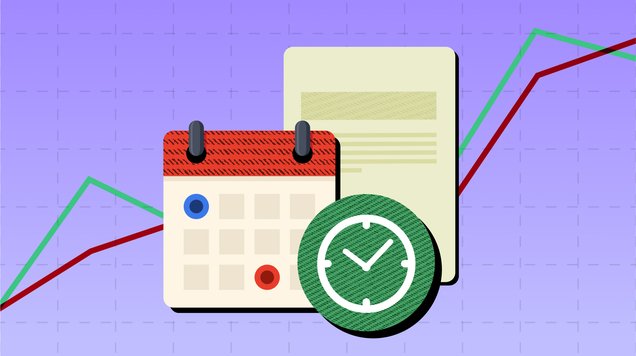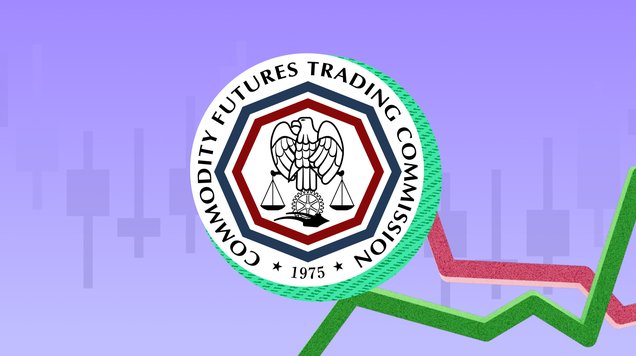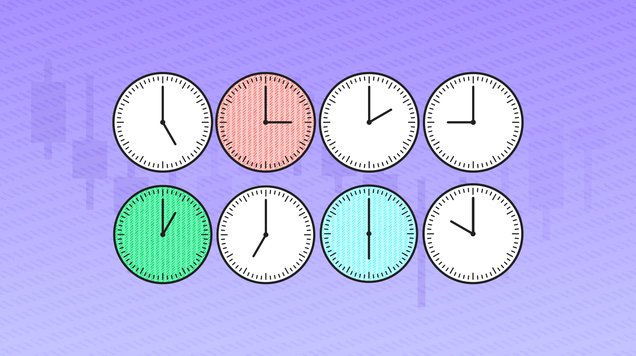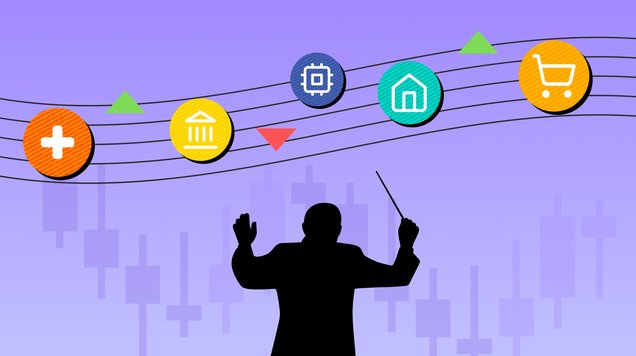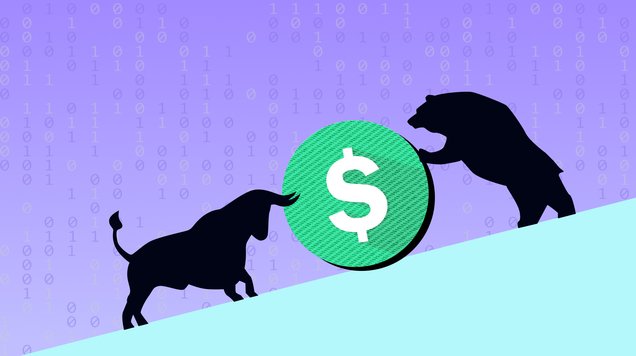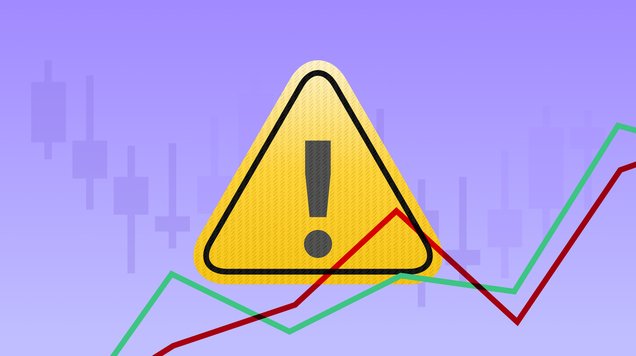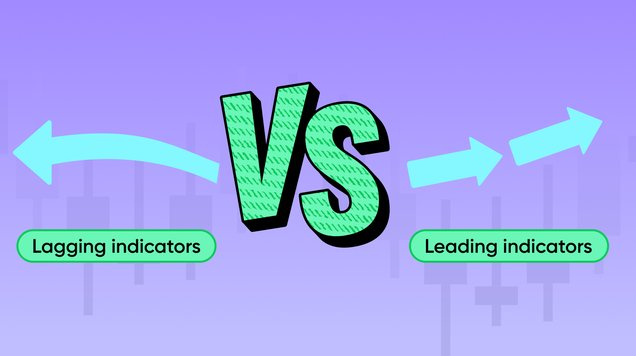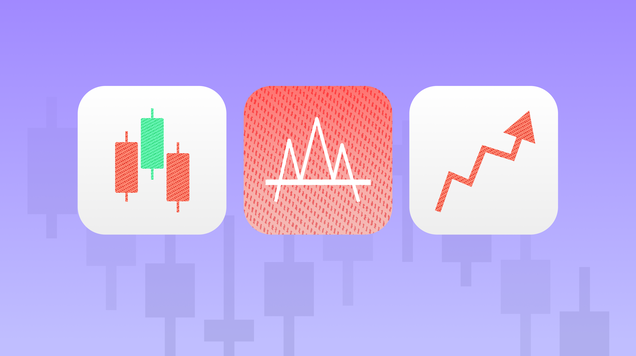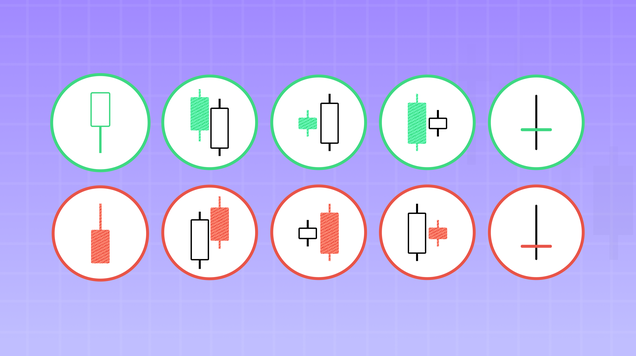Futures and Options contracts in online trading
Futures and Options contracts are key derivative instruments in online trading. Read our guide to learn the basics and the benefits they offer.
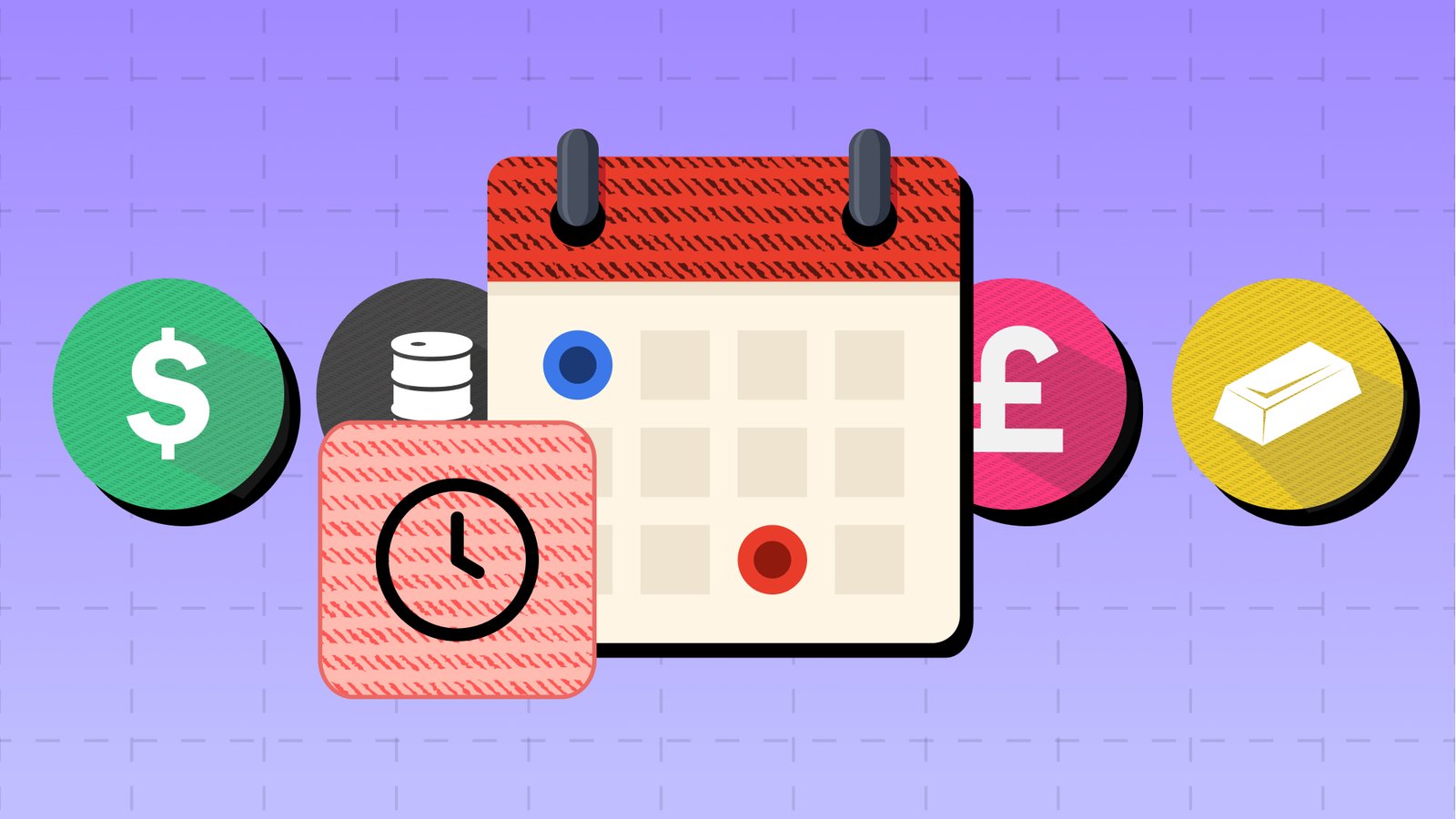
Futures contracts are standardised agreements to buy or sell a financial asset at a future date
Options contracts grant the right to buy or sell an asset at a predetermined price, but is not an obligation to do so
Both contracts are used by traders for price speculation, diversification and hedging risk
Understanding and strategically using these financial instruments can help traders to find profit opportunities and manage risk
What are futures contracts?
Futures contracts are standardised financial agreements between two parties to buy or sell an asset at a predetermined future date and price. The underlying asset can be a commodity, stock index or another financial asset.
Futures contracts are standardised in terms of contract size, expiration date, and other specifications. This ensures that all parties involved have a clear understanding of the terms.
Each futures contract represents a specific quantity of the underlying asset. The contract size is standardised and varies depending on the asset type. For example, a gold futures contract may represent 100 troy ounces of gold, while a corn futures contract may represent 5,000 bushels of corn.
Futures contracts are usually traded on centralised futures exchanges. They can also be traded as CFDs in over-the-counter markets, meaning that traders decide to speculate on the price movement of a futures contract. CFD contracts are made between a trader and an online broker.
Important terminology in futures trading
Let’s look at some key terminology that traders need to know to be able to understand futures contracts and how they work.
- Expiration date (Delivery date): Futures contracts have a predetermined expiration date, at which point the contract must be settled. Settlement can occur through physical delivery of the underlying asset or, more commonly, through a cash settlement where the contract's value is settled in cash.
- Futures price (Strike price): The agreed-upon price at which the buyer and seller commit to trading the underlying asset at the expiration date is known as the futures price or strike price. This price is determined at the time the contract is initiated.
- Long and short positions: The buyer of a futures contract takes a long position, committing to purchasing the underlying asset. The seller takes a short position, committing to selling the underlying asset. These positions can be closed before the expiration date through an offsetting trade.
- Marking to market: Each day, the value of the futures contract is adjusted based on the current market price. This process is known as marking to market, and it helps to manage the daily profits and losses associated with the contract.
What are options contracts?
Options contracts are financial derivatives that provide the buyer (holder) with the right, but not the obligation, to buy or sell an underlying asset at a predetermined price on or before a specified expiration date. The seller (writer) of the option, on the other hand, is obligated to fulfil the terms of the contract if the buyer decides to exercise their right.
There are two main types of options:
Call options: A call option gives the holder the right to buy the underlying asset at the strike price before or on the expiration date. Call options are often used by investors who anticipate a rise in the price of the underlying asset.
Put options: A put option gives the holder the right to sell the underlying asset at the strike price before or on the expiration date. Put options are typically used by investors who expect the price of the underlying asset to decline.
Key concepts in options trading
Like futures contracts, options contracts also use specific terminology that traders should learn before entering a contract. Here are explained some of the main terms used in options trading.
- Strike price: The price at which the underlying asset can be bought (for call options) or sold (for put options) is known as the strike price. It’s a crucial component that influences the profitability of the option.
- Expiration date: Options contracts have a limited lifespan, with an expiration date indicating the last day on which the option can be exercised. Options can be European, which means they are exercisable only on the expiration date, or American, meaning they are exercisable at any time before or on the expiration date.
- Premium: The price paid by the option buyer to the option seller is called the premium. It represents the cost of acquiring the option and is influenced by factors such as the current price of the underlying asset, volatility, time to expiration, and interest rates.
- In-the-money, At-the-money and Out-of-the-money: Whether an option is profitable to exercise depends on its current relationship to the market price of the underlying asset. An option is in-the-money if it has intrinsic value, at-the-money if the strike price equals the current market price, and out-of-the-money if it lacks intrinsic value.
Why trade futures and options contracts?
Whether you’re trading futures and options contracts directly or trading them as CFDs, there is a variety of reasons how they can be a valuable addition to your portfolio. From price speculation to risk management, we’ll explore the main reasons to trade these derivative instruments and what are the benefits.
Price speculation
Traders use futures and options contracts to speculate on the direction of price movements with the aim of making profit from correct predictions. By taking a long position, they bet on prices rising, while a short position bets on prices falling. Futures CFD trading is leveraged, meaning traders can amplify their profits but with higher risk.
Hedging
One of the main reasons to use futures contracts is to hedge against potential price fluctuations in the underlying asset. For example, a farmer might enter a futures contract on their crop to lock in a price and protect against a decline in market prices. Options contracts can be used for hedging too. For example, in futures CFD trading, a trader can enter a contract to protect their existing positions against unfavourable price movements.
Portfolio diversification
Portfolio diversification is another popular risk management strategy and it’s used to balance the overall risk level of a portfolio by adding different financial derivatives and different asset classes. By diversifying their portfolio, traders can reduce the impact of single investment’s poor performance on the overall portfolio. Futures and options offer an additional way for traders to gain exposure to different markets and assets.
Even though futures and options contracts can offer multiple benefits for traders, it’s important to remember that trading always involves risk. Always analyse the market before entering a position and use proper risk management tools to protect your trading capital.
